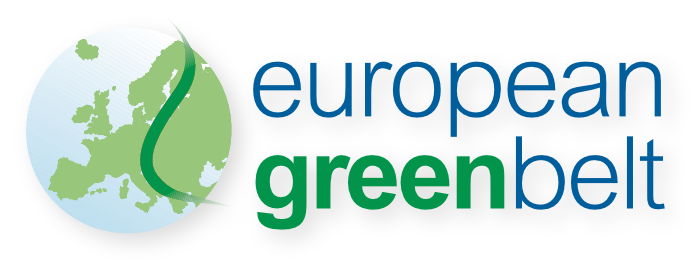Go on a journey along the European Green Belt - with the new documentary by broadcaster ARTE
Drinking traditional mushroom tea in a yurt in Latvia, seeing history with one’s own eyes by visiting old remnants of submarines and war infrastructure in small peaceful villages at the Estonian coast, following the tracks of the elusive lynx in the German Bavarian Forest national park or learning about field research on pollinator diversity in Serbia.



What does all of that have in common? All of these activities can be done along the European Green Belt, which connects diverse landscapes, people and history throughout Europe.
The broadcaster ARTE just launched a new documentary about the European Green Belt and the vision of the people who protect over 3.000 natural jewels along the longest green network which meanders 12,500 kms through Europe.
The documentary takes its audience on a trip from the Barents Sea in the far North of Europe, through the Baltic region and Central Europe to the Balkan countries, which form the most southern part of the European Green Belt. Where Western from Eastern Europe have been once divided by the former Iron Curtain, nature was able to thrive and provide habitats for flora and fauna, which can often hardly survive in our highly fragmented human-dominated landscapes. The landscapes that the European Green Belt connects are as diverse as the people and their traditions living here.
The European Green Belt Initiative is not only a huge conservation effort and success story, but also a cultural heritage and reminder about a part of European history. Along the European Green Belt, people and countries are now working together, managing cross-border protected areas, where a human-made military border artificially separated people. As such, the European Green Belt is a strong reminder of our shared natural heritage which needs protection from all of us.
Since 2021, the BESTbelt project finances pilot project along the European Green Belt. Interested applicants are invited to apply for the (soon opening!) 3rd and for now last Call for Proposals and submit their project ideas for conservation and restoration action, capacity building, environmental education etc.
The full ARTE documentary on the European Green Belt can be watched online until 03/01/2024.
Contact: Jessica Bitsch
E-Mail-address: jessica.bitsch@euronatur.org
Link: Watch the ARTE documentary here
